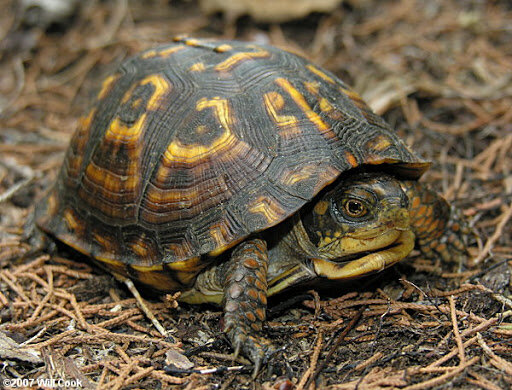With plenty of things to see and do, Johnson City is a great place for a Texas Hill Country day trip with activities that appeal to the whole family, including science, history, outdoor adventure, food and much more. We’ve listed some of our favorite activities and stops, with plenty of space to safely explore and enjoy!
You can start or end your day here at the Science Mill, a historic 1880s mill creatively reimagined into a bright and airy science museum with 50+ innovative outdoor and indoor experiences! The Science Mill is now open four days a week, with two entry times (10am-1pm and 2pm-5pm) Thursday through Saturday, and from 12-4pm on Sunday.
We’ve created a guide for different ways people can “play safe” and experience our interactive exhibits. Choose an outside-only, touch-free, or hands-on (with a safety focus) experience. Our newest exhibits in the expansive outdoor Science & Art Park include the Labyrinth, Butterfly Garden, Giant Bubbles Station and Scavenger Hunt. Learn more about the Science Mill’s fun and safe STEM (science, technology, engineering and math) experiences that will keep young minds engaged.
The Science Mill has plenty of outdoor space and tables for picnics, so feel free to bring your own, or stop by one of many local restaurants that are open for take-out and curbside pickup, including Pecan Street Brewing, Fat Boy Burgers, Hye Market food truck at the new Johnson City Coffee Co., East Main Grill, and El Agave, to name a few. Visitors are encouraged to plan ahead and verify hours and information with individual businesses.
Want to stretch your legs? Adjacent to the Science Mill is the Settlement Trail to the Lyndon B. Johnson National Historical Park. This easy, round-trip trail is less than a mile long, and visitors can experience some of the historic landscape in the restored prairie and see the log cabin that was home to LBJ’s grandparents from 1866 to 1871. The interpretive exhibits are currently closed, but bathrooms at the event center are open for public use.
Just a block to the north of the Science Mill you can walk around the outside of President Johnson’s Boyhood Home, to which his family moved from their farm near Stonewall in 1913. Head 14 miles west of Johnson City to explore the wide-open LBJ Ranch, which is currently open for self-guided driving tours. Visitors can tour at their own pace with the ability to stop (outside) at sites along the way, such as the President's birthplace where he was born in 1908, the Johnson family cemetery, and the Johnson's ranch house, known as the Texas White House. The bathrooms behind the President’s birthplace are open. Bikes are also welcome on all or part of the route, which is a five-mile round-trip in length.
If you loved the critters at the Science Mill, including the adult and baby African Spurred tortoises, axolotls, and more, check out the Exotic Resort Zoo, just north of Johnson City, where you can take a drive-through tour and see antelope, gazelles, deer, emu, sheep, camels, yaks, llamas and more.
Peach season hits its peak in the Hill Country during the summer, and there are plenty of roadside stands where you can purchase these sun-kissed wonders. Check local listings here.
Several state parks are within an easy drive from Johnson City, including Pedernales Falls State Park, Blanco State Park, Lyndon B. Johnson State Park, Old Tunnel State Park, and Enchanted Rock State Natural Area. Check with Texas Parks and Wildlife for the latest on day passes and entry guidelines. Outdoor adventure experts at the Expedition School offer paddleboarding, kayaking and canoeing in the Pedernales River Nature Park on Saturdays and Sundays.
The Johnson City art scene has blossomed in recent years, and some galleries are currently open by appointment. You’ll also find other shops and restaurants open and eager for visitors.
So much to do, and we haven’t even touched on all the options in nearby Fredericksburg, Blanco, Marble Falls/Lake LBJ, Dripping Springs, Burnet, Kerrville, Spring Branch or Boerne! If you can’t fit in everything and want to turn your day trip into a staycation, check out lodging, RV and camping options near Johnson City here.
We’d love to hear about your Hill Country day trip or your visit to the Science Mill! Let us know your favorite spots, and tag us on Facebook, Instagram or Twitter.


































